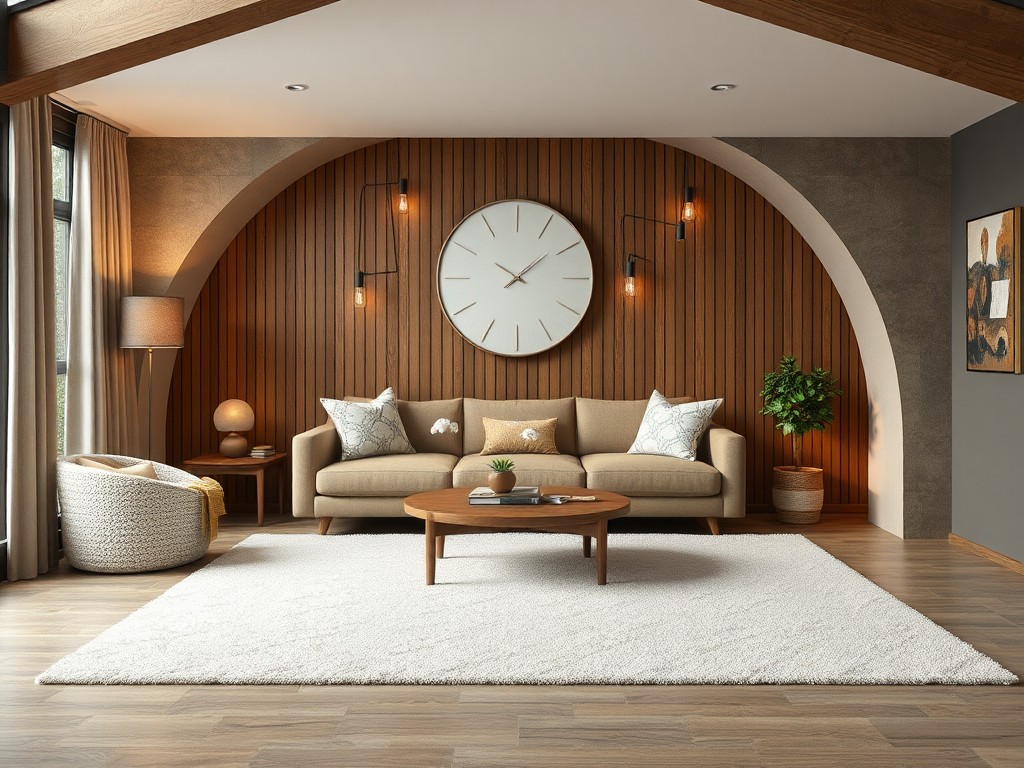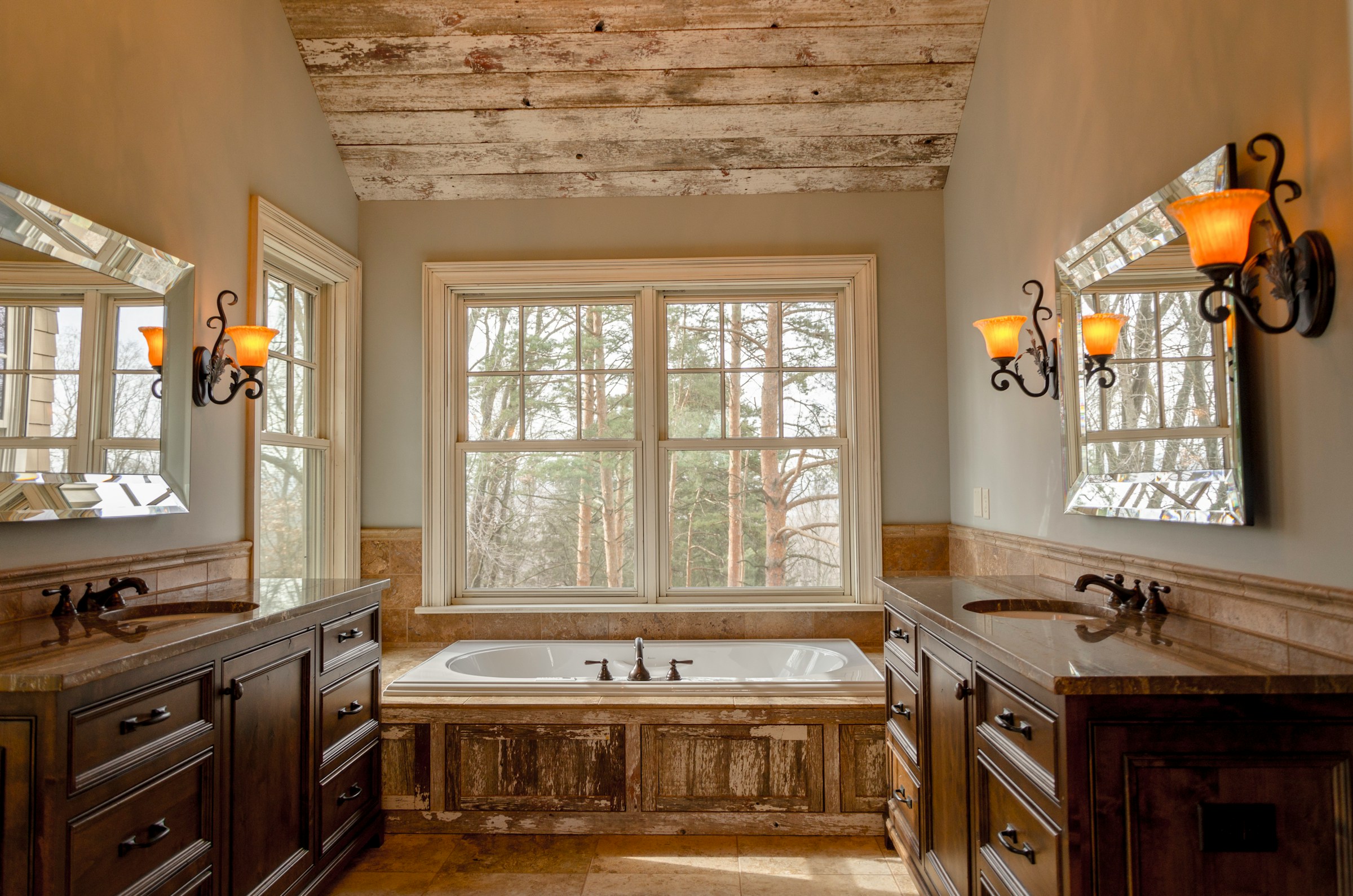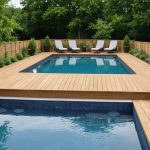The bathroom, a space often overlooked in terms of design and style, is actually a critical area of your house. In the context of a UK Victorian townhouse, how can you best make use of this space, not only aesthetically but also in terms of water conservation? Water-saving bathroom design is a topic that’s equally relevant for anyone, whether you’re a homeowner, a tenant, or a professional in the housing industry. Let’s delve deeper into the world of bathroom design ideas with an emphasis on water efficiency, from tiles and lighting to showers and baths.
Creating a Water-Efficient Space
The bathroom is a hub of water usage in the house. The shower, the bath, the sink: all these are vital components that contribute to a significant amount of water consumption. But how can you turn this space into a water-saving powerhouse without sacrificing style and comfort?
Dans le meme genre : How can you implement a solar roof installation on a UK semi-detached house without altering its aesthetic?
Firstly, consider installing modern water-saving fixtures. For your shower, consider a low-flow showerhead that will use less water per minute without compromising on your showering experience. Similarly, opt for a dual-flush toilet, which gives you the option to use less water for liquid waste.
In terms of design, consider how the layout of your bathroom can contribute to water efficiency. One idea is to have your shower and bath in the same area, which can reduce the amount of water used for cleaning and maintenance. Plus, this kind of layout can also save space, which is a crucial consideration in small bathrooms typical of a Victorian townhouse.
A lire également : What are the critical factors in choosing a heat pump for a UK coastal home?
Emphasising Victorian Style
It is possible to maintain a Victorian style in your bathroom while still achieving water efficiency. Victorian bathrooms are known for their classic and elegant style, featuring intricate tile patterns, freestanding baths, and ornate fittings.
Consider using Victorian-style tiles with modern water-resistant properties. These will not only maintain the style of your room but also prevent water damage and reduce the need for regular cleaning. Similarly, freestanding baths, while traditionally seen as luxurious and water-wasting, can actually be water-efficient if you choose a smaller size. This can still give the room a sense of grandeur while conserving water.
Moreover, you can add elements such as a high-level cistern toilet or a pedestal sink which are evocative of the Victorian era. These elements, combined with modern water-saving technologies, can help you create a bathroom that’s both efficient and stylish.
Lighting and Perception of Space
One aspect of bathroom design that’s often overlooked is lighting. The right lighting can create the illusion of space in a small bathroom and enhance the style of the room.
In a Victorian townhouse, consider utilising natural light as much as possible. You can do this by using light, reflective tiles and strategically placing mirrors to bounce the light around the room. This doesn’t only make the room feel bigger and more open, but it can also reduce the need for artificial light, saving energy.
Additionally, when artificial light is necessary, opt for LED lights. They are the most energy-efficient option, last longer, and come in a range of options to suit any style.
Balancing Modern and Traditional Elements
Striking the balance between maintaining the traditional Victorian style and incorporating modern, water-efficient elements can be a challenge. However, it’s a balance that’s worth striving for.
To achieve this, consider incorporating modern elements in subtle ways. For example, a low-flow showerhead doesn’t have to look out of place in a Victorian bathroom. Many companies offer water-saving fixtures that are designed to match traditional styles.
Also, remember that you have the freedom to mix and match. A freestanding bath can be paired with a sleek, modern sink. Vintage-style tiles can be used alongside a state-of-the-art dual-flush toilet. The key is to make intentional decisions that will blend the old and the new seamlessly.
Blending style, water efficiency, and a consideration for space is no small task, especially in a Victorian townhouse. However, it’s an exciting challenge that will ultimately create a bathroom that’s beautiful, comfortable, and environmentally friendly. Remember, every choice you make, from tiles and lighting to showers and baths, can contribute to a more water-efficient bathroom design.
Wet Room Ideas: A Popular Choice for Small Bathrooms
Wet rooms have gained popularity as a design choice for small bathrooms in recent years, and for good reason. By incorporating this style into your Victorian townhouse, you could optimise your space usage while also promoting water efficiency.
A wet room is essentially a shower area that’s level with the rest of the bathroom. The floor slopes slightly to allow water to drain, and the entire room is waterproofed. This design eliminates the need for a shower tray and door, saving space and making cleaning easier. Being a popular choice among bathroom remodel ideas, wet rooms are particularly suited to smaller bathrooms that are common in Victorian townhouses.
But how does a wet room contribute to water efficiency? The answer lies in the simple, streamlined design. With no shower door or curtain, less water is splashed outside the shower area, reducing the need to clean and dry the floors and walls regularly. This results in a reduction in water use over time.
When designing your wet room, consider incorporating Victorian elements to maintain the style of your home. A walk-in shower with a vintage-looking wall-mounted showerhead can provide a nod to the Victorian era while being water-efficient. You could also opt for Victorian-style tiles, which add a touch of elegance and sophistication. Remember to choose tiles with water-resistant properties to prevent water damage and reduce maintenance needs.
To further enhance the Victorian style, consider adding a freestanding vanity unit. These units, reminiscent of the washstands of the Victorian era, can provide a focal point for the room and offer valuable storage space. When choosing your vanity unit, consider its water efficiency too. Opt for models with low-flow taps to reduce water usage.
For a final touch of charm, include some vintage accessories such as a Victorian-style mirror or lighting fixtures. These elements can tie the room together and create a unified look.
Image credit: When designing your wet room, find inspiration from bathroom design images online, or consult with an interior design professional. They can help you to balance modern water-saving features with the traditional Victorian style for a harmonious and efficient bathroom.
Conclusion: The Balance of Efficiency and Style
Designing a water-efficient bathroom for a UK Victorian townhouse requires a delicate balance of retaining the house’s traditional charm and incorporating modern water-saving features. It’s about striking the right chord between the Victorian style bathroom aesthetic and the needs of contemporary living.
Remember to consider every aspect of your bathroom remodel. From the tiles and layout to the fixtures and fittings, every element plays a part in the overall water efficiency of the space. And don’t forget about lighting. Utilising natural light and opting for energy-efficient LED lights can also contribute to a more sustainable home.
Creating a wet room is a popular and efficient use of space in small bathrooms. This design not only makes the room appear larger but also contributes to water efficiency. When combined with Victorian-style elements such as patterned tiles, a freestanding vanity unit, and vintage accessories, the result can be both stylish and sustainable.
In conclusion, designing a water-efficient bathroom in a Victorian townhouse is a challenge worth taking. With careful planning and design choices, you can create a bathroom that not only reflects the charm of the Victorian era but also meets the demands of modern, environmentally-conscious living. It’s about making the old meet the new in a harmonious and sustainable way. And the end result? A bathroom that you can truly be proud of. Your Victorian townhouse deserves nothing less.














